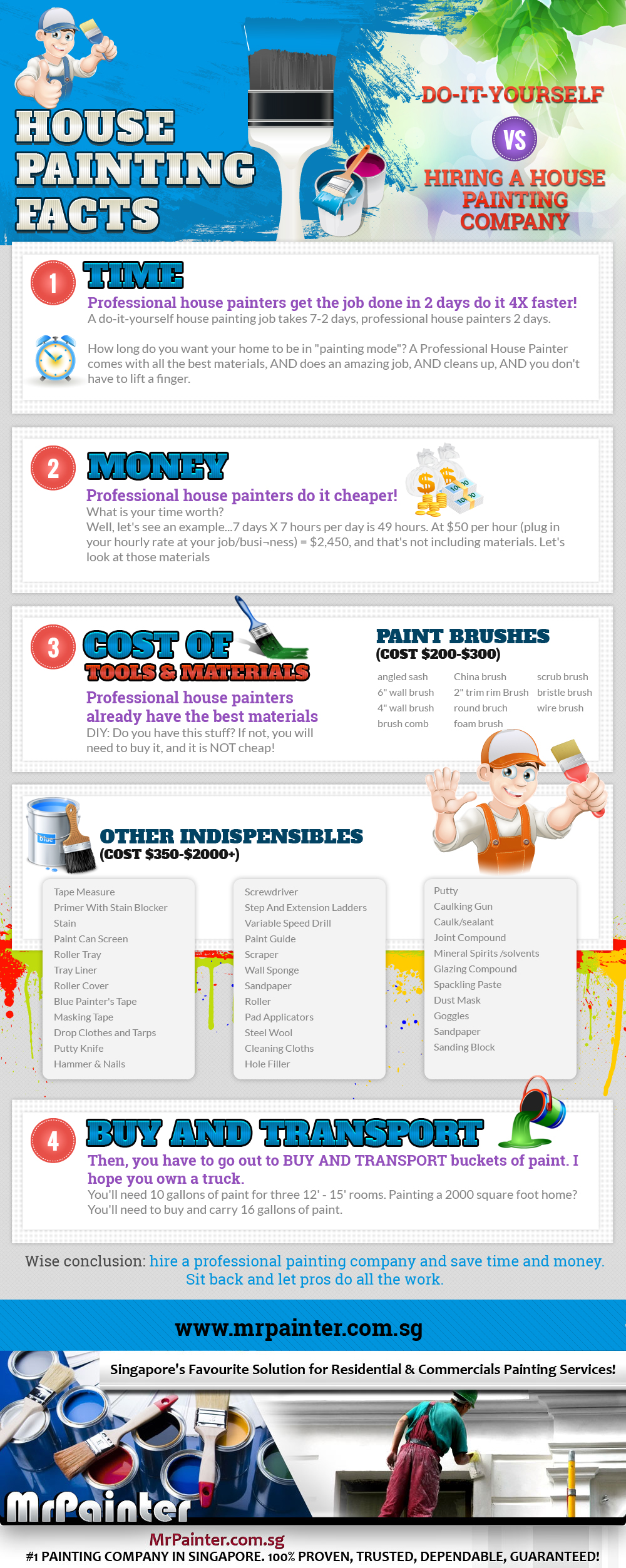The Impact Of Climate Condition On Industrial Exterior Painting: Trick Factors To Consider
The Impact Of Climate Condition On Industrial Exterior Painting: Trick Factors To Consider
Blog Article
Developed By-Fabricius Hollis
When you're intending a business external painting project, don't underestimate the influence of weather condition on your outcomes. You need to take into consideration factors like temperature level, humidity, and rainfall, as they can make or damage your paint task. For instance, did you know that excellent problems call for details temperature ranges and humidity degrees? Stopping working to keep an eye on these facets can bring about uneven surfaces and even damage to fresh paint. Comprehending these components is crucial to achieving a resilient, specialist result. So, what certain weather conditions should you watch out for?
Temperature Considerations
When it comes to industrial exterior paint, temperature plays a critical duty in the outcome of your task. If you're repainting in extreme warmth, the paint can dry out as well swiftly, leading to issues like inadequate attachment and unequal finishes. You want to aim for temperature levels between 50 ° F and 85 ° F for the very best results. Below 50 ° F, paint may not treat effectively, while above 85 ° F, you run the risk of blistering and cracking.
Timing your project with the appropriate temperatures is essential. Start your work early in the early morning or later on in the afternoon when it's cooler, specifically during hot months.
Likewise, take into consideration the surface area temperature; it can be considerably greater than the air temperature, especially on warm days. Utilize a surface thermometer to inspect this prior to you start.
If temperatures are unforeseeable, watch on the weather report. Unexpected temperature level declines or warm front can hinder your plans. You don't want to start painting just to have the conditions alter mid-project.
Humidity Levels
Moisture degrees significantly influence the success of your industrial outside painting project. When the humidity is too expensive, it can hinder paint drying and treating, bring about a range of problems like inadequate adhesion and complete top quality.
If you're intending a task throughout damp conditions, you may find that the paint takes longer to dry, which can prolong your project timeline and increase expenses.
Conversely, low humidity can additionally pose challenges. Paint may dry out too quickly, protecting against correct application and causing an irregular finish.
You'll intend to keep an eye on the humidity levels carefully to guarantee you're working within the excellent array, typically between 40% and 70%.
To obtain the very best outcomes, think about using a hygrometer to gauge humidity prior to beginning your task.
If you locate the degrees are outside the optimum range, you may require to change your timetable or pick paints designed for variable conditions.
Constantly speak with commercial painting dallas for particular recommendations on humidity tolerance.
Precipitation Influence
Rain or snow can significantly interrupt your commercial outside paint strategies. When precipitation takes place, it can remove fresh applied paint or develop an unequal coating. Preferably, you wish to pick days with completely dry weather condition to guarantee the paint adheres properly and treatments successfully. If you're caught in a shower, it's best to stop the task and wait on problems to enhance.
Moreover, snow can be a lot more harmful. hop over to this web-site does it produce a damp surface area, yet it can also reduce temperatures, making it tough for paint to dry. This can cause issues like peeling or blistering down the line.
It's essential to examine the weather report prior to beginning your job. If rainfall or snow is forecasted, take into consideration rescheduling.
Always remember to allow appropriate drying out time between coats, specifically if the weather condition stays uncertain.
Conclusion
In conclusion, keeping an eye on the weather condition is necessary for an effective commercial outside paint project. By checking temperature level, moisture, and precipitation, you can make sure the most effective problems for application and curing. Keep in mind to intend your work around favorable weather and constantly follow supplier standards. With the appropriate method, you'll achieve a long-lasting, gorgeous surface that can hold up against the elements. Don't let the weather catch you unsuspecting-- remain educated and repaint wise!
